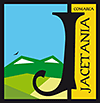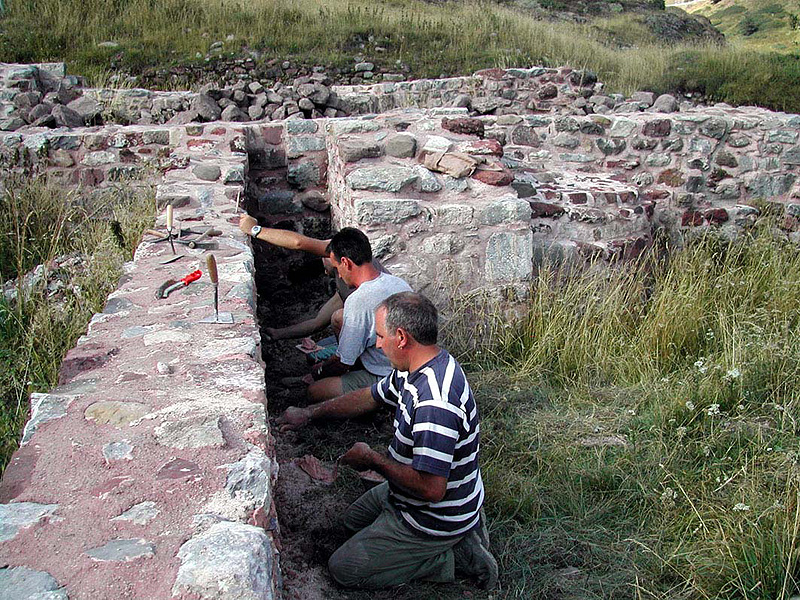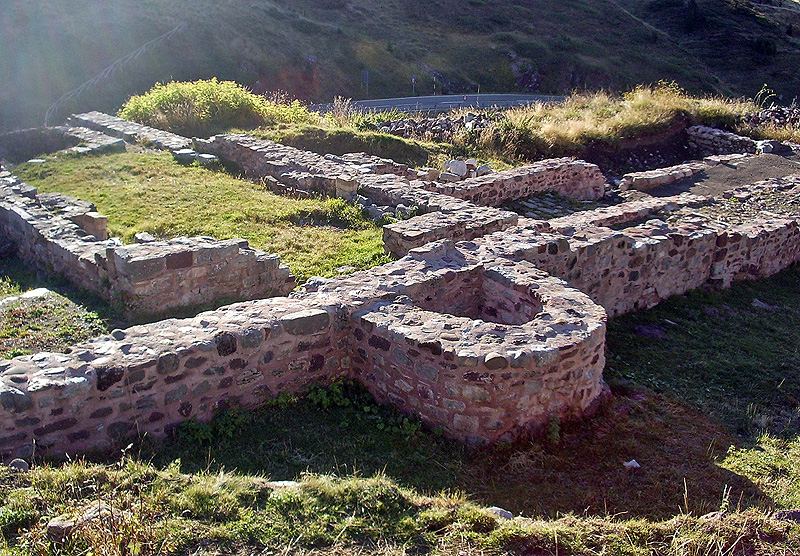St Christina of Somport
“Three in particular are the pillars of extraordinary usefulness that the Lord has established in this world for the succour of His poor, these being the hospital in Jerusalem, the hospital of Monts Joux (Grand Saint-Bernard pass), and the hospital of St Christina in Somport.” Thus is written in the Liber Peregrinationis of the Codex Calixtinus (12th century), the fourth chapter of which is dedicated to “The three hospitals of the world”. The French author Aymeric Picaud goes on to add “These hospitals are located in areas of real need and consist of holy places, temples of God, places for good pilgrims to recover, rest for the needy, care for the infirm, salvation for the dead and aid for the living. In consequence, whosoever should have raised these venerable places, verily are in possession of the kingdom of God”
A place to for travellers to shelter was very necessary there on the Aragonese side of the Somport pass, as being the busiest route over the central Pyrenees, passable even in winter, meant that there were many dangers. The reputation of St Christina spread all over Europe, to the point that even the Papal bulls considered it “unum de tribus mundi hospitalibus”, thereby confirming the category bestowed upon it by Aymeric Picaud.
In the year 1078 there must have been some type of establishment at the Somport pass, a direct predecessor to the Hospital of St Christina. This can be deduced from a dateless document from Sancho Ramirez (1064-94) in which the monarch confirms his donations to the Bordeaux abbey of Selva Mayor in Ruesta and Tiermas, and of three “houses” he had received from a hermit called Hugo in Somport, Canfranc and at Astorito Bridge.
It is precisely the location of these three “houses” that the aforementioned Hugo owned, together with the hospice (elemosinaria, alms house) at the baths of Tiermas, donated to Selva Mayor that mark out the route followed by the pilgrims on the route to Santiago as they passed through the county. This itinerary coincides fully with that described by Aymeric Picaud “From Somport to Puente la Reina, these are the places that are found on the St James route: the first is Borce, at the foot of the mountain, on the Gascon side, then crossing the peak of the mountain, the Hospital of St Christina, afterwards comes Canfranc, then Jaca, then Osturit (Astorito-Puente la Reina de Jaca), then Tiermas with its royal baths, where hot water flows constantly. Then comes Monreal and finally Puente la Reina” (Liber peregrinationis Cap III)
So the pilgrims were using the two commercial routes with the densest traffic in the kingdom of Aragon between the 11th and 13th centuries - the road to Somport, key to all communications with Bearn and the road that lead to Pamplona through the Canal de Berdun. A sense of security, the guarantee of a good welcome and some outstanding relics (Holy Grail, St Indalecio…) were all factors that encouraged pilgrims to venture, especially during the 11th ,12th and 13th centuries, onto the rough tracks of Aragon, thereby making it one of the principal points of entry into Hispania. A route whose very existence is due, no doubt, to the presence at Somport of unum de tribus mundi hospitalibus, the Hospital of St Christina.
Extract from Ona Gonzalez JL “The Jacetania Area” Territorial Collection , Aragonese Government
Also consult...
¤ Monuments
¤ Nature
¤ Villages
¤ Sport
¤ Tourist Offices
¤ Museums and Interpretation Centres
Guided tours 360°
Ciudadela de Jaca
[Español] · [Inglés]
Monasterio de San Juan de la Peña
[Español] · [Inglés]
Fort du Portalet
[Español] · [Francés]
follow us in...




 Comarca de La Jacetania
Comarca de La Jacetania
C/ Ferrocarril s/n 22700
JACA (Huesca)
T. (+34) 974 356 980
F. (+34) 974 355 241
:: Oficina de Turismo de JACA: 974 360 098
:: Oficina de Turismo de CANFRANC:
974 373 141
Site Map








